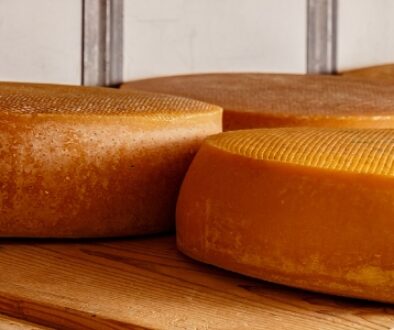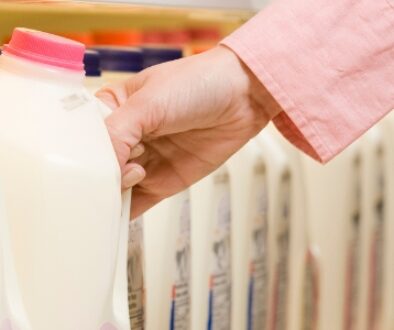Dairy Processors Need to Tackle Food Waste Issues
Waste not, want not,” an old adage proclaims. Still, waste — food waste, specifically — remains a huge issue in the United States. According to the Natural Resources Defense Council, as much as 40% of U.S. food is never eaten. At the same time, one in eight Americans has difficulty putting enough food on the table. And food waste isn’t limited to consumer households — a significant amount of food is wasted at manufacturing facilities, within the food distribution supply chain, and at retail.
Reason for Concern
Food waste is also an environmental concern; only 5% is composted in the United States; as a result, the uneaten food is the single largest component of municipal solid waste, says FoodPrint, a project of Grace Communications Foundation, citing U.S. Environmental Protection Agency (EPA) data. In landfills, that food gradually breaks down to form a large amount of methane, a concerning greenhouse gas.
This is an economic issue, too. “There are financial incentives to tackle the food waste problem,” notes the 2015 Best Practices & Emerging Solutions Guide from the Food Waste Reduction Alliance (FWRA), founded by the Grocery Manufacturers Association (GMA), the Food Marketing Institute (FMI) and the National Restaurant Association (NRA). “In business, it’s a cost advantage to use all of the raw materials we buy. More yield from those ingredients means more profitability. It also means spending less on disposal fees to discard food.”
Fortunately, this issue is commanding more attention on the part of federal agencies as well. On Oct. 30, USDA, FDA, and EPA announced a new partnership with the FWRA, the latest effort for the Winning on Reducing Food Waste Initiative first launched by the three federal agencies in 2018.
The initiative is a collaborative effort among USDA, EPA, and FDA to reduce food loss and waste through combined and agency-specific action. Individually and collectively, these agencies contribute to the initiative, encourage long-term reductions and work toward the goal of reducing food loss and waste in the United States. These actions include research, community investments, education and outreach, voluntary programs, public-private partnerships, tool development, technical assistance, event participation and policy discussion.
Through a new Memo of Understanding, USDA, EPA, and FDA will formalize industry education and outreach efforts with the FWRA’s GMA, FMI, and NRA. The FWRA represents three major sectors of the supply chain: food manufacturing, retail and restaurant/food service. The alliance pursues three goals: reducing the amount of food waste generated; increasing the amount of safe, nutritious food donated to those in need; and diverting food from landfills.
“USDA shares many common goals with the Food Waste Reduction Alliance, including our belief in the power of teamwork,” said U.S. Secretary of Agriculture Sonny Perdue. “We are proud to join this public-private partnership to prompt action throughout the food system.”
Be Part of the Solution
One way for food processors — including dairy processors — to help mitigate the food waste problem is via participation in EPA’s Food Recovery Challenge (FRC). Any business or organization may join the FRC as either a participant or an endorser. As EPA explains, participants follow the Food Recovery Hierarchy to prevent and divert wasted food in their operations. The hierarchy recommends these actions, in order: prevention, donation, composting and/or anaerobic digestion. Dairy processors that are already active participants include Nestlé USA and Crystal Creamery.
Endorsers, meanwhile, promote sustainable management of food by educating organizations and businesses about the environmental, social and economic benefits of preventing and diverting wasted food, EPA says. They also recruit organizations and businesses to join the FRC.
Tips for food waste-reducing efforts also can be found in the above-mentioned FWRA best practices guide. The document outlines best practices to keep food from ending up at landfills, solutions to food donation barriers and much more.
Want to learn more? Click here.
Source: Dairy Foods




